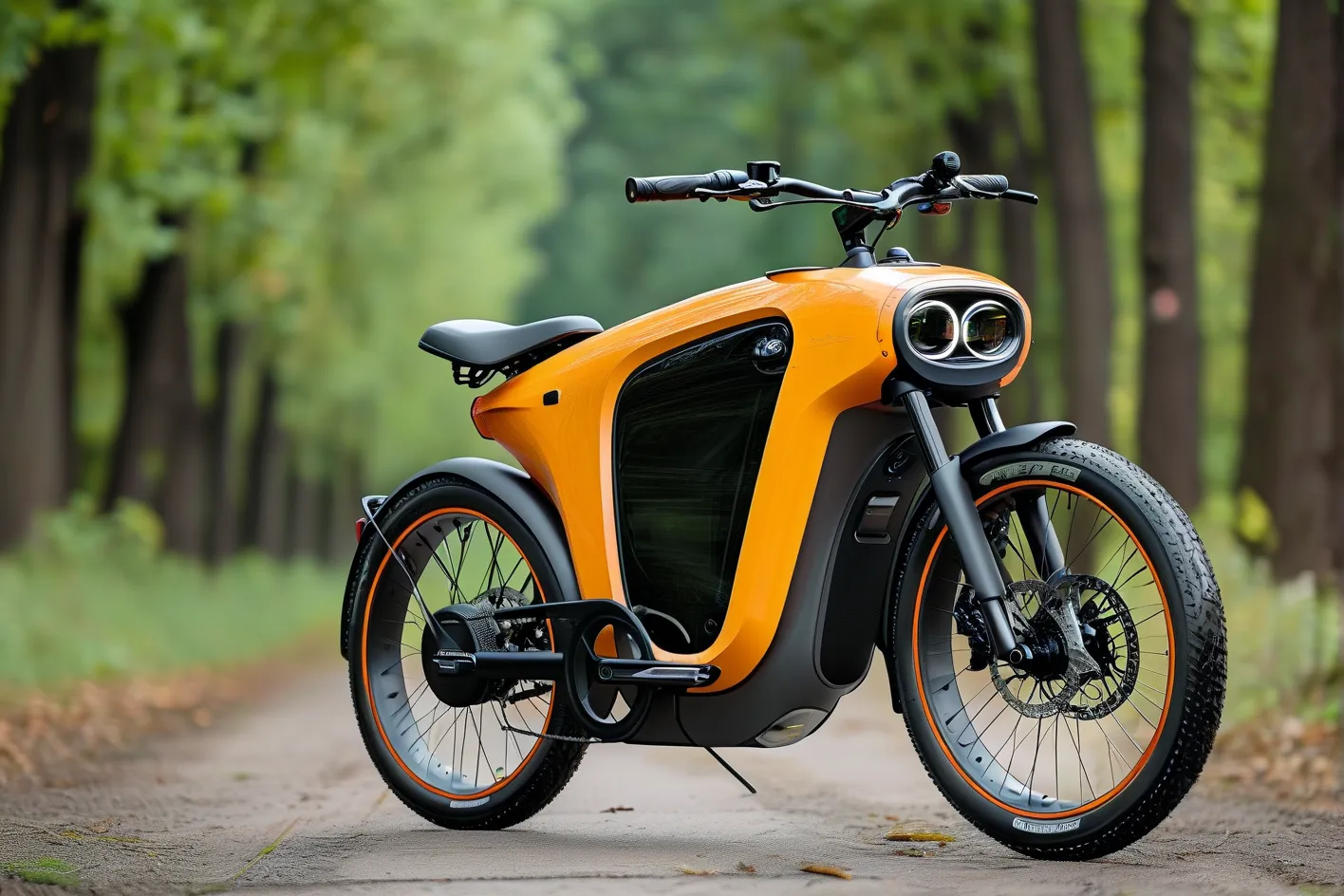As urban centers grapple with congestion, pollution, and rising logistics costs, businesses and individuals are reevaluating how goods move through city streets. The shift toward sustainable urban mobility has spotlighted two distinct solutions: compact electric cargo bikes and traditional cargo vehicles like vans or trucks. This comparison examines their practicality, environmental impact, and economic efficiency to help stakeholders make informed decisions.
The Rise of Compact Electric Cargo Bikes
Modern electric cargo bikes combine pedal-assist technology with optimized storage designs, offering maneuverability in tight urban spaces. Models like the Urban Arrow Family or Tern GSD prioritize space efficiency, often carrying up to 200 kg (440 lbs) of cargo while occupying minimal road space. A 2023 study by the European Cyclists’ Federation found that e-cargo bikes reduce last-mile delivery costs by 30-40% compared to vans in dense cities like Amsterdam and Copenhagen.
Key advantages:
– Zero tailpipe emissions, critical for cities targeting net-zero goals (e.g., London’s Ultra Low Emission Zone).
– Lower operational costs: Charging batteries costs ~$0.50 per 50 km vs. $10+ for equivalent van fuel.
– Parking flexibility: Utilize bike lanes and racks, avoiding costly parking fines.
Traditional Cargo Vehicles: Where They Still Excel
Despite their environmental drawbacks, diesel/petrol-powered vans and trucks dominate industries requiring heavy payloads or long-haul routes. The Ford Transit, for example, offers a 1,500 kg payload capacity—unmatched by current e-bike models. For businesses transporting fragile or temperature-sensitive goods (e.g., pharmaceuticals), traditional vehicles provide climate-controlled storage that most cargo bikes lack.
However, a 2022 International Transport Forum report highlights their limitations:
– 60% of urban freight trips involve deliveries under 100 kg, a range where e-cargo bikes are more efficient.
– Idling engines account for 10-15% of urban transport emissions, a problem absent in electric alternatives.
Head-to-Head Comparison: Key Metrics
| Metric | Compact E-Cargo Bike | Traditional Van |
|---|---|---|
| Payload Capacity | 100-200 kg | 800-1,500 kg |
| Range | 50-120 km (per charge) | 500-800 km (per tank) |
| CO2 Emissions | 0 g/km (direct) | 180-220 g/km |
| Operational Cost | $0.10-$0.20/km | $0.50-$0.80/km |
| Parking Fees | Free or minimal | $20-$50/day in cities |
Source: International Energy Agency (2023), Urban Freight Lab at the University of Washington
When to Choose Each Option
Opt for electric cargo bikes if:
– Your daily deliveries are under 200 kg and within a 50 km radius.
– Operating in areas with bike lane infrastructure or traffic restrictions (e.g., historic city centers).
– Prioritizing brand alignment with sustainability goals.
Traditional vehicles remain better for:
– Heavy or oversized cargo exceeding 500 kg.
– Long-distance routes without reliable charging stations.
– Industries requiring specialized storage (refrigerated goods, hazardous materials).
Policy Trends Shaping Adoption
Governments are accelerating the shift through incentives:
– Paris offers €4,000 grants for businesses adopting e-cargo bikes.
– New York City exempts e-bikes from commercial parking fees until 2025.
– Berlin bans diesel vans in its low-emission zone by 2025, pushing logistics firms toward electrified alternatives.
Future Outlook: Hybrid Solutions Emerge
Manufacturers like Bosch and Riese & Müller are developing modular e-cargo systems—detachable trailers with swappable batteries—that blend bike agility with van-like capacity. Meanwhile, startups such as Packfleet use AI to optimize hybrid fleets, deploying e-bikes for 80% of urban deliveries and reserving vans for heavy loads.
By 2030, BloombergNEF predicts e-cargo bikes will capture 20% of last-mile deliveries in European cities, saving 3 million tons of CO2 annually.
Making the Sustainable Choice
For urban operators, the decision hinges on balancing payload needs with environmental and budgetary priorities. Pilot programs from DHL and Amazon show that integrating e-cargo bikes into mixed fleets can cut emissions by 40% without sacrificing delivery speed. As charging infrastructure expands and battery tech improves, compact electric models are poised to become the default for eco-conscious urban logistics.
